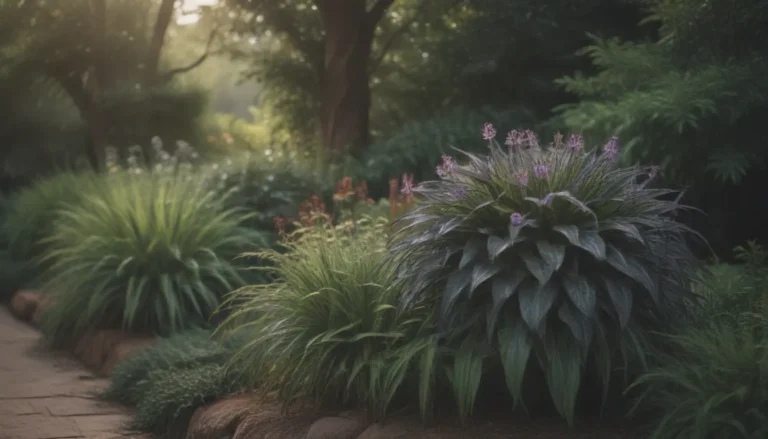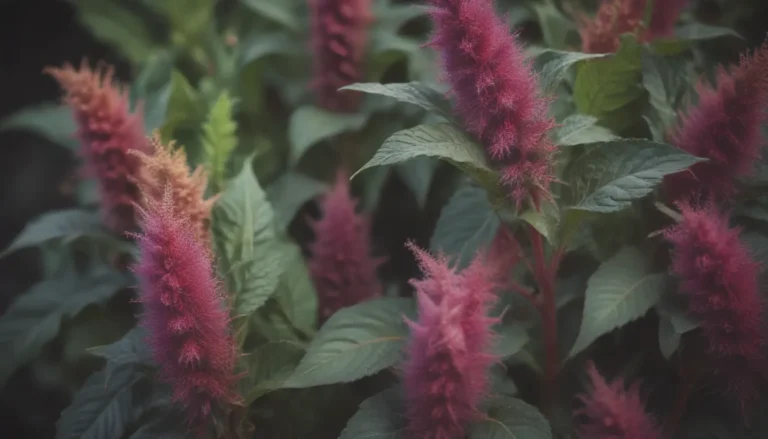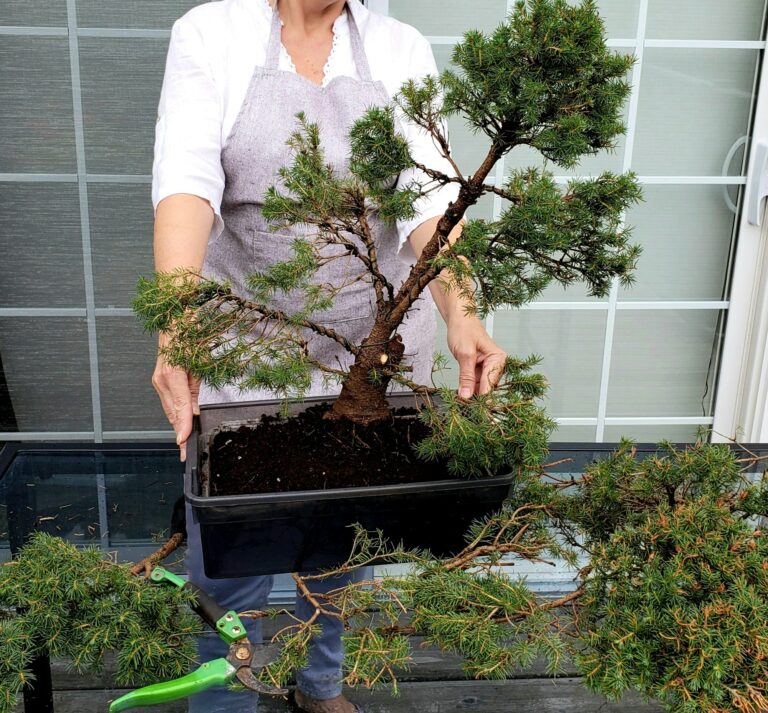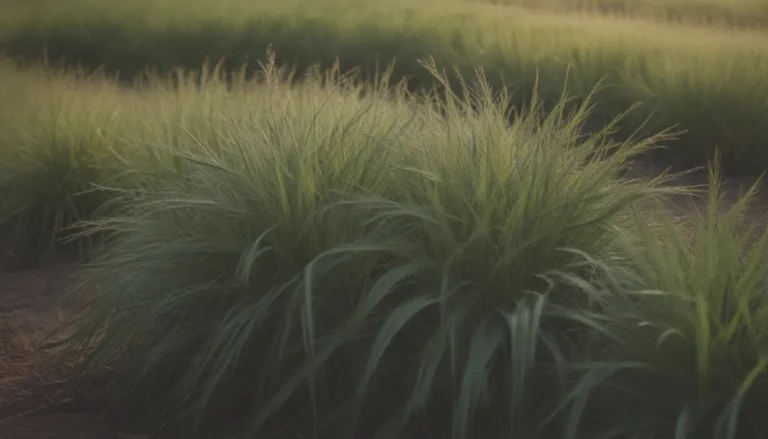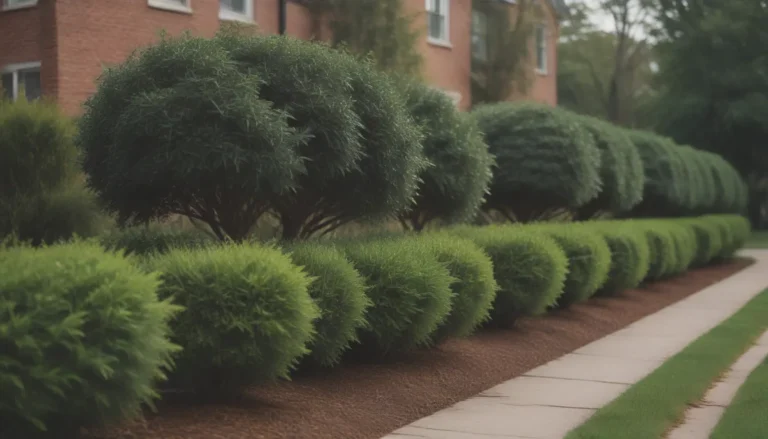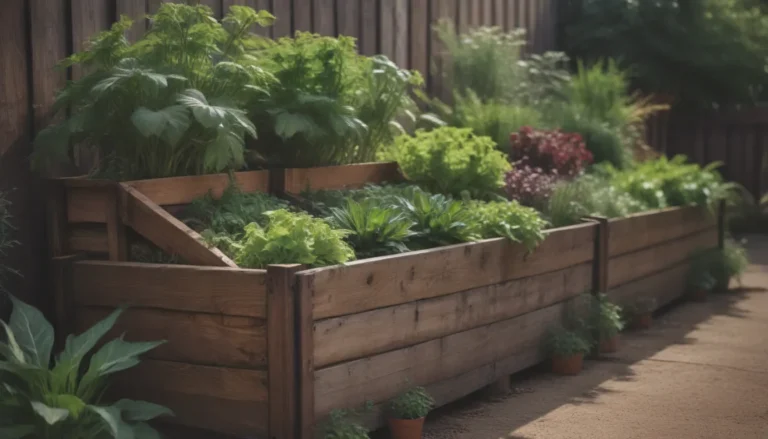Complete Guide to Growing and Caring for Daphne Shrubs
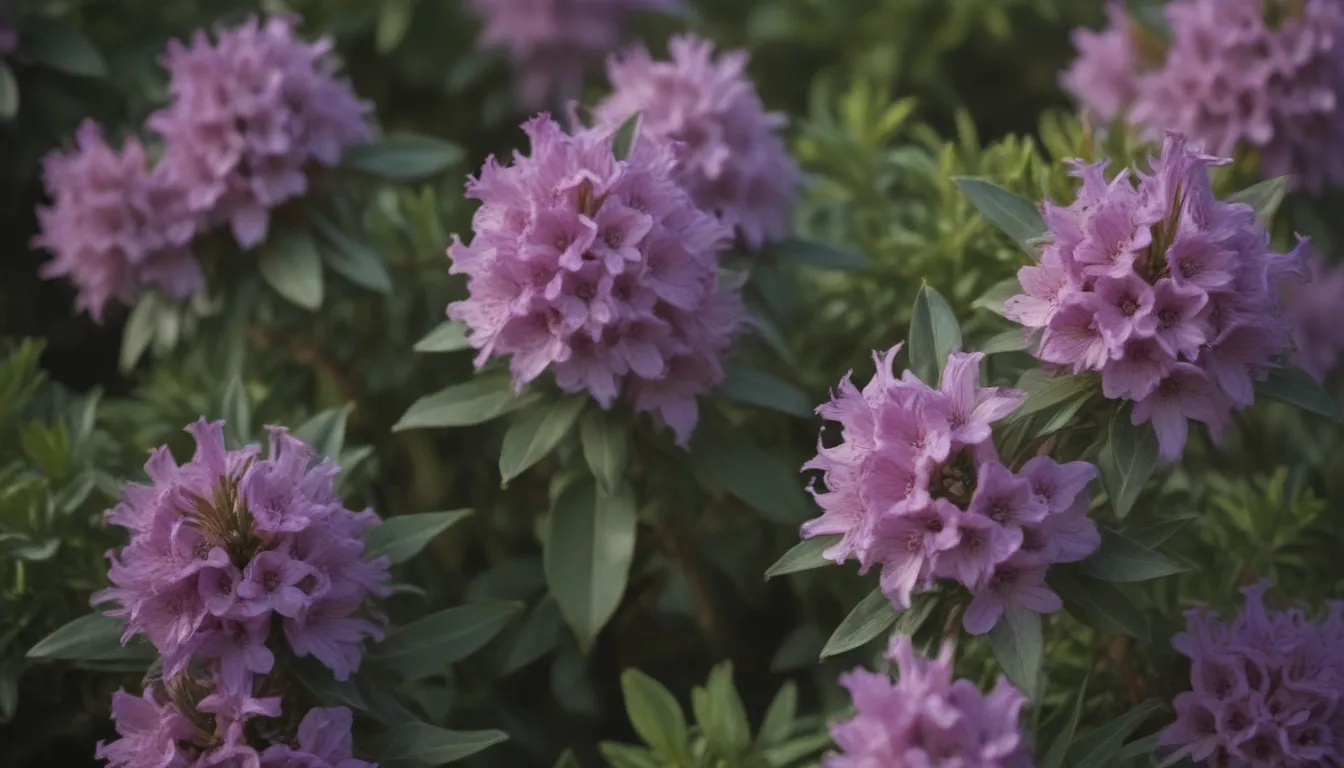
Are you looking to add a touch of elegance and beauty to your garden or landscape? Look no further than Daphne shrubs! With more than 70 different species to choose from, these attractive shrubs native to Europe, Asia, and Africa are sure to make a statement in your yard. In this comprehensive guide, we will explore everything you need to know about growing and caring for Daphne shrubs.
Understanding Daphne Shrubs
Daphne shrubs are known for their delicate white to light pink tubular flowers that bloom in the spring or early winter, depending on the climate. These flowers are often followed by small red berries, adding a pop of color to your garden. The small, oblong, light green leaves are evergreen in warmer climates, but may lose their leaves in colder regions. Despite their beauty, it’s essential to note that all parts of the Daphne plant are toxic to people and pets, especially the bright berries.
If you’re considering adding Daphne shrubs to your yard, keep in mind that they are slow-growing plants that reach their mature size after seven to ten years. Their rounded mound shape makes them ideal for small yards, where they can be used as foundation plants or as specimens for shrub borders. Varieties like ‘Carol Mackie’ are highly sought after for their variegated foliage, adding a unique touch to any landscape.
Daphne Care Tips
Caring for Daphne shrubs may seem daunting to some gardeners, as these plants are known to be a bit finicky. However, with the right conditions and a little bit of know-how, you can successfully grow and maintain healthy Daphne shrubs in your garden. Here are some essential care tips to keep in mind:
Light
- While some Daphne varieties thrive in full sun, most prefer to bloom in part shade conditions.
- Group them with other acid-loving plants that have similar sunlight needs, such as azaleas.
Soil
- Daphne shrubs require well-drained soil with plenty of compost and a slightly acidic pH.
- Mulch around the plants to keep the soil moist in summer and the roots cool.
Water
- Water your shrub at least once a week during the first year of growth.
- Established Daphne shrubs need consistent moisture and good drainage to thrive.
Temperature and Humidity
- Daphne shrubs grow best in USDA hardiness zones 4 to 9, with some varieties being more tolerant of colder temperatures.
- They can handle high humidity levels but may be susceptible to fungal leaf spots.
Fertilizer
- Fertilize your Daphne shrubs twice a year with a balanced granular fertilizer in February or March and again in July.
With the right care and attention, your Daphne shrubs will reward you with beautiful blooms and lush foliage year after year.
Types of Daphne Shrubs
While there are over 70 species of Daphne shrubs, only a handful are commonly cultivated for landscape use. Here are some popular categories of Daphne shrubs that you may consider adding to your garden:
- Winter Daphne (D. odora)
- Garland Daphne (D. cneorum)
- D. x burkwoodii
- February Daphne (D. mezereum)
- D. transatlantica
Each type of Daphne shrub offers unique characteristics and growing requirements, so be sure to choose a variety that suits your specific environment and hardiness zone.
Pruning and Propagating Daphne Shrubs
Daphne shrubs are slow-growing plants that generally do not require much pruning. However, if needed, you can trim off broken branches or misbehaving growth immediately after flowering to preserve the next season’s blooms. Keep in mind that Daphne shrubs may experience dieback if pruned heavily, so proceed with caution.
If you’re interested in propagating Daphne shrubs, you can try your hand at using semi-green cuttings taken from July to September. While Daphne shrubs are not difficult to propagate, many gardeners prefer to purchase nursery-grown plants for faster results.
Potting and Overwintering Daphne Shrubs
Growing Daphne shrubs in containers can be challenging, as larger varieties require ample space for their roots to spread. However, smaller varieties can thrive in pots with the right conditions. Ensure your potted Daphne has well-draining soil, plenty of moisture, and receives adequate sunlight.
When it comes to overwintering Daphne shrubs, it’s essential to consider your hardiness zone and the specific requirements of your Daphne variety. While many Daphne shrubs are tolerant of colder temperatures, others may be more sensitive. Cut back on watering in the winter months and provide appropriate care based on the needs of your plants.
Common Pests and Plant Diseases
Like all plants, Daphne shrubs are susceptible to pests and diseases. In cold winter zones, these shrubs may experience damage from leaf spots, canker, twig blight, crown rot, and viruses. Common pests that can affect Daphne shrubs include aphids, mealybugs, and scale. To treat pest infestations, use a gentle insecticidal soap spray to protect your plants.
Troubleshooting Common Issues
While Daphne shrubs are known for their beauty, they can sometimes present challenges to gardeners. If you encounter any of the following problems with your Daphne shrubs, consider the following solutions:
- Brown Leaves: Underwatering can cause brown, crispy leaves. Ensure the soil stays consistently moist to prevent this issue.
- Yellow or Drooping Leaves: Overwatering can lead to yellowing or drooping leaves. Check for proper drainage and adjust your watering schedule.
- Leaves Falling Off: If leaves are dropping from your Daphne shrub, it may be overwatered. Allow the plant to dry out slightly between waterings.
By addressing these common issues and providing the proper care, you can help your Daphne shrubs thrive and remain healthy for years to come.
How to Encourage Blooming in Daphne Shrubs
One of the most rewarding aspects of growing Daphne shrubs is their beautiful blooms. To encourage blooming, ensure your Daphne shrubs are receiving adequate water, sunlight, and soil conditions. Deadhead fading flowers and lightly prune your shrubs after blooming to promote new growth. If your Daphne shrubs are not blooming, adjust their watering schedule and ensure they are in the right growing environment.
In conclusion, Daphne shrubs are a stunning addition to any garden or landscape, offering beautiful flowers, lush foliage, and unique characteristics. By following our comprehensive guide to growing and caring for Daphne shrubs, you can enjoy the beauty of these plants for years to come. Remember to provide the right light, soil, water, and care to keep your Daphne shrubs healthy and thriving. Whether you’re a seasoned gardener or a beginner, Daphne shrubs are sure to delight and inspire you with their elegance and charm. Happy gardening!
